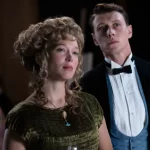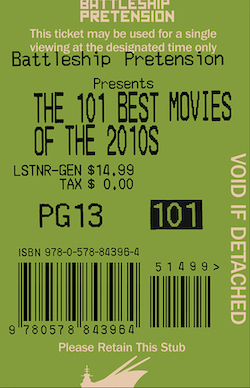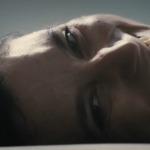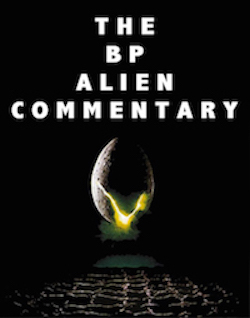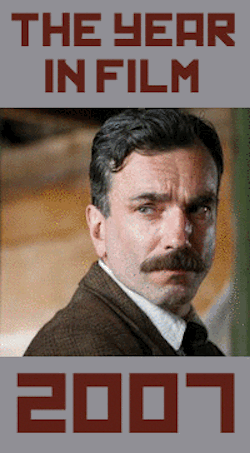Beast: I Know It’s Over, by David Bax
Only a few minutes into Michael Pearce’s Beast, having been overshadowed at her own birthday party by her more popular sister (Shannon Tarbet), Moll (Jessie Buckley) retreats to the kitchen and commits a grisly act of self-harm. “Oh,” you’re probably thinking, “so it’s one of those kinds of movies.” But no, it turns out we are not in for a round of goth teen self-pity. In fact, we may have only scratched the surface of Moll’s psychosis (plus she’s a few years beyond teenagedom). Beast is beguilingly ambiguous but not because Pearce is playing games with us. Rather, it’s because he’s less interested in what’s real than in what Moll perceives.
That night, after running away from her family for a night of dancing and drinking, Moll meets Pascal (Johnny Flynn) on the beach, where he’s poaching rabbits. Pascal has a reputation in their small town on the Bailiwick of Jersey in the English Channel due to trouble with the law in his youth. Plus his generally rough and common demeanor doesn’t fit with Moll’s family’s country club set. So, of course, she can’t resist him. But a string of disturbing kidnappings, rapes and murders on the island has brought Pascal under suspicion, which may make Moll wary of him or possibly make him even more appealing. It’s hard to tell. In any case, Pearce isn’t really interested in whether or not Pascal is the killer; Beast only takes place in the dark caves and tunnels between Moll’s ears.
That means the burden on Buckley to sell and carry the movie is especially heavy. Luckily, she’s more than equal to the task. An island is a perfect metaphor for the inescapable trap that a hometown can be but it also serves to illustrate how little space there is for Moll’s boundless rage to go. Buckley adroitly captures the way youth hemmed in by a lack of options produces anger the way the sun produces helium. And yet her performance is by no means one-note. She draws the viewer back and forth between sympathy and revulsion like she’s teasing a cat with a laser pointer.
That would place Moll in the category of “unreliable narrator,” which Pearce enforces with the old but effective trope of dream sequences that don’t immediately announce themselves as such. Moll’s traumatizingly violent dreams, in which she is both victim and perpetrator, further muddy the character’s psychological waters.
Even outside of the dreams, Pearce employs a kind of expressionism in his aesthetic choices. The cinematography (by Benjamin Kracun) is moody and gloomy, to be sure, but beyond that it’s also wide open with its scope aspect ratio in the same way that Moll and young folks like her are exposed nerves, taking in everything whether they want it or not. As such, Beast‘s unfiltered tactility can alternate between warm and painful. Oh, and there’s plenty of cinematic rainfall to boot.
Moll may not wear black on the outside because black is how she feels on the inside–she prefers a-line or sun dresses–but her story and temperament will appeal to the goth living inside each of us. A shot late in the movie, in which Moll’s injured face is framed so that she appears to be crying tears of blood, tells the whole story; she’s fragile and fierce, wounded but dangerous. She’s too much for this island and maybe even this world.



